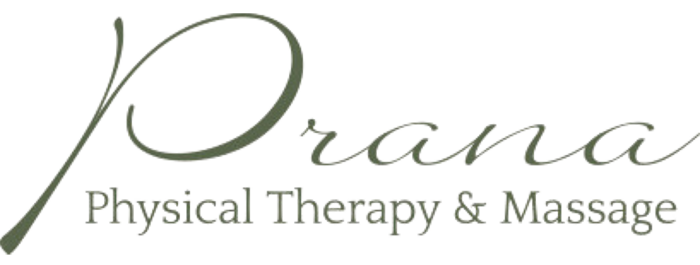Perhaps by now you have heard about Myofascial Release (MFR) and are wondering if this gentle hands-on manual therapy is right for you. You may also be confused by the many manual therapy practitioners claiming to be doing MFR. The John F. Barnes’ Approach to Myofascial Release Therapy® (JFB MFR) was developed by John F. Barnes, PT, over 50 years ago when traditional medical treatments, including surgery, did not relieve his chronic back pain. He has honed the techniques over the years and, along with his seasoned instructors, teaches a variety of workshops that focus on techniques that can address many common symptoms and conditions.
Fascial restrictions do not show on commonly used tests including x-rays, CAT scans, or MRIs and yet can produce approximately 2,000 pounds of pressure on pain-sensitive structures! The intention of a JFB MFR therapist is to connect with the original source of the restriction, reveal the body’s innate healing ability, and allow it to reestablish homeostasis. Your therapist will “listen” to the body’s feedback and individualize each session based on your reported symptoms and their findings.
One of the key elements of JFB MFR is that therapists are taught to treat the whole body, rather than an isolated part. JFB MFR is different from other types of medical treatments as its intention is not to cover up or hide the symptoms but rather to tune into the communication that is coming through the system.
JFB MFR also differs from many of the other approaches being offered due to its gentle, sustained pressure. This firm pressure is applied to the fascial barrier for a minimum of five minutes, often longer. This longer hold allows the body to naturally release fascial restrictions rather than having the tissues forcefully manipulated. During these long holds, the body also releases Interleukin 8, which is a natural anti-inflammatory produced by the body. Gentle pressure is preferable to forced manipulation because the body often responds to deep, forceful pressure by contracting muscles in self-protection. This results in more tension, the exact opposite of what gentle pressure encourages. In other words, if your therapist is trying to force muscle and fascia, the body will resist change.
Because the fascia is a continuous web of viscous connective tissue that surrounds every structure of your body, including muscles, tendons, ligaments, and organs, the source of your pain or dysfunction might be somewhere other than the place you are experiencing pain. Your JFB MFR therapist will listen to your body and ask you for feedback during your session so that all areas of restriction can be addressed over time. It is not uncommon for clients to remember a long-forgotten injury that resurfaces during treatment. By releasing the fascia in all areas, the body can return to its natural state.
JFB MFR is also non-invasive and is considered a very safe form of bodywork. If you are ready to take the next step towards improved health and return to your usual activities following an acute or chronic injury or condition find a trained therapist in your area by visiting the John F. Barnes’ Myofascial Release Website
If you are a resident of Boulder County, Colorado, or nearby areas, book your MFR session at Prana Physical Therapy & Massage now.
About the author: Lori J. Batcheller, MPT, LMT, MA, CYT, is an-expert level JFB MFR therapist in Boulder, Colorado. She is also a Kripalu-trained Yoga Instructor and writer focused on health, yoga, and disabilities. In her free time, she often explores the great outdoors with her partner Jack and Maltipoo Cody.


